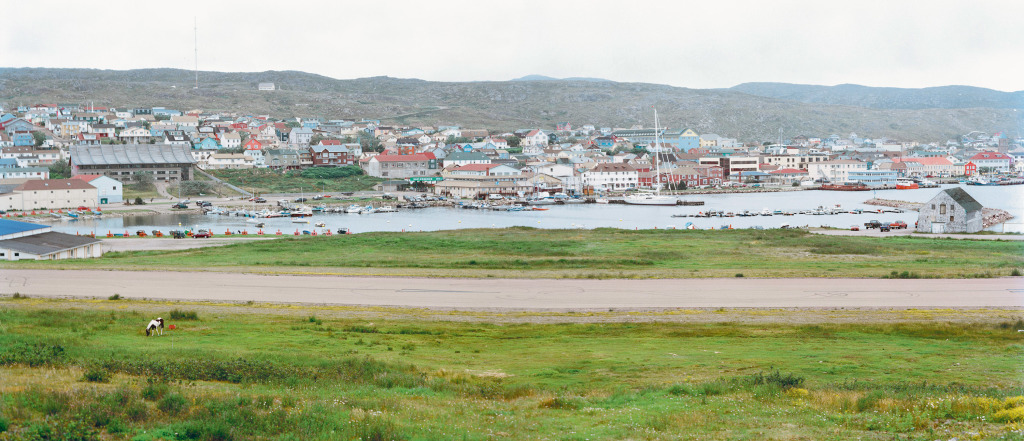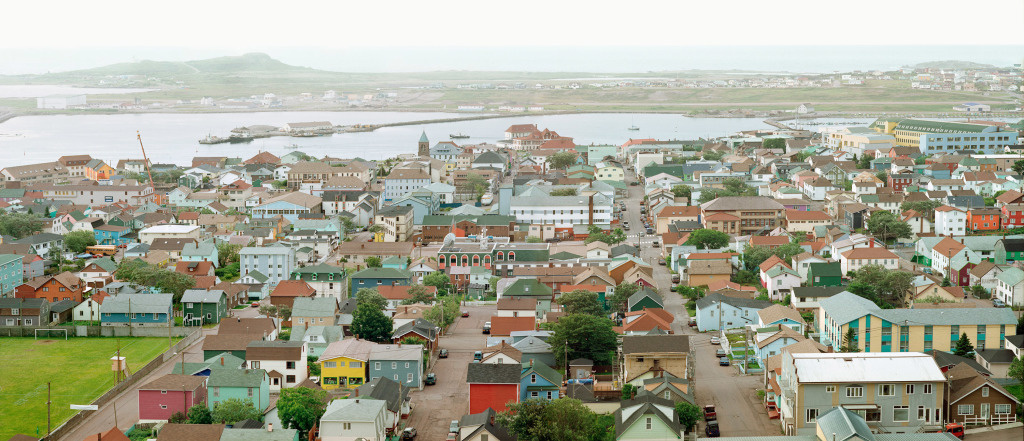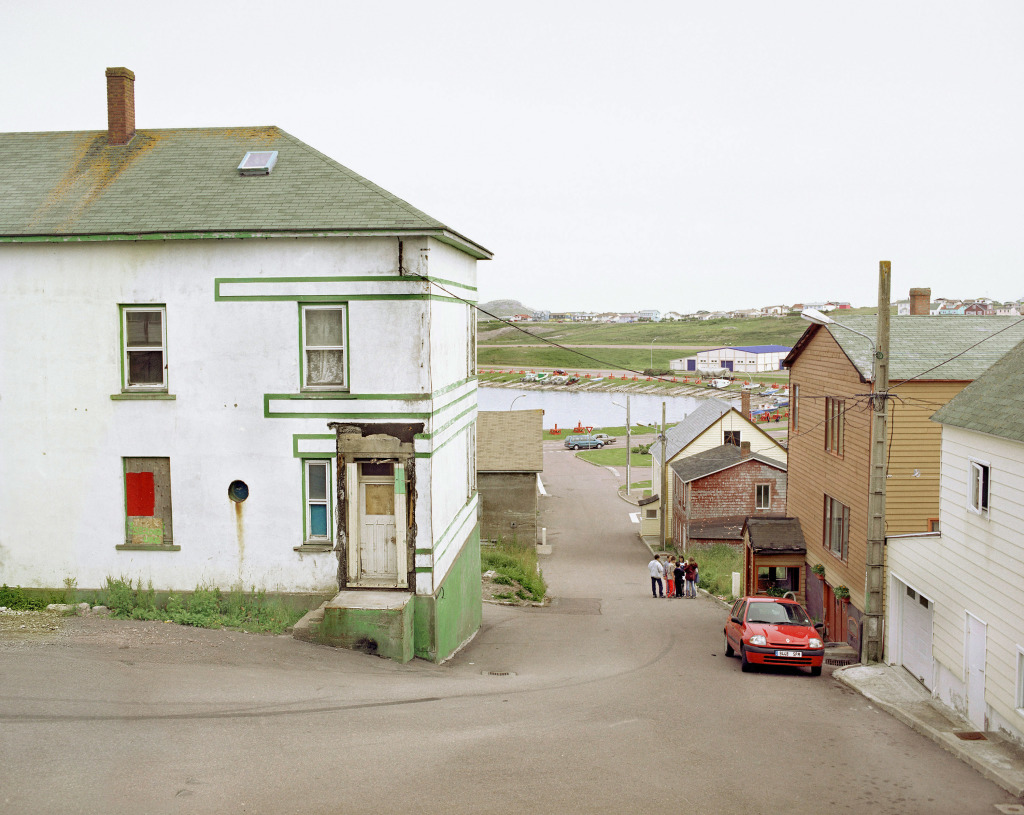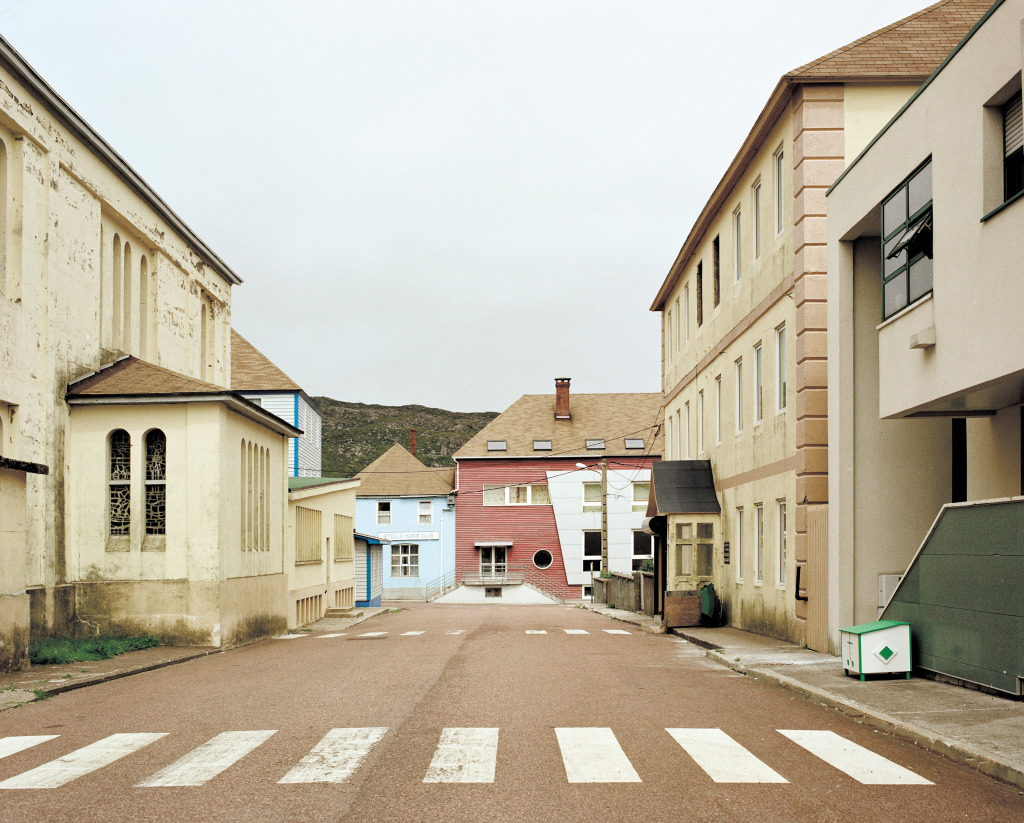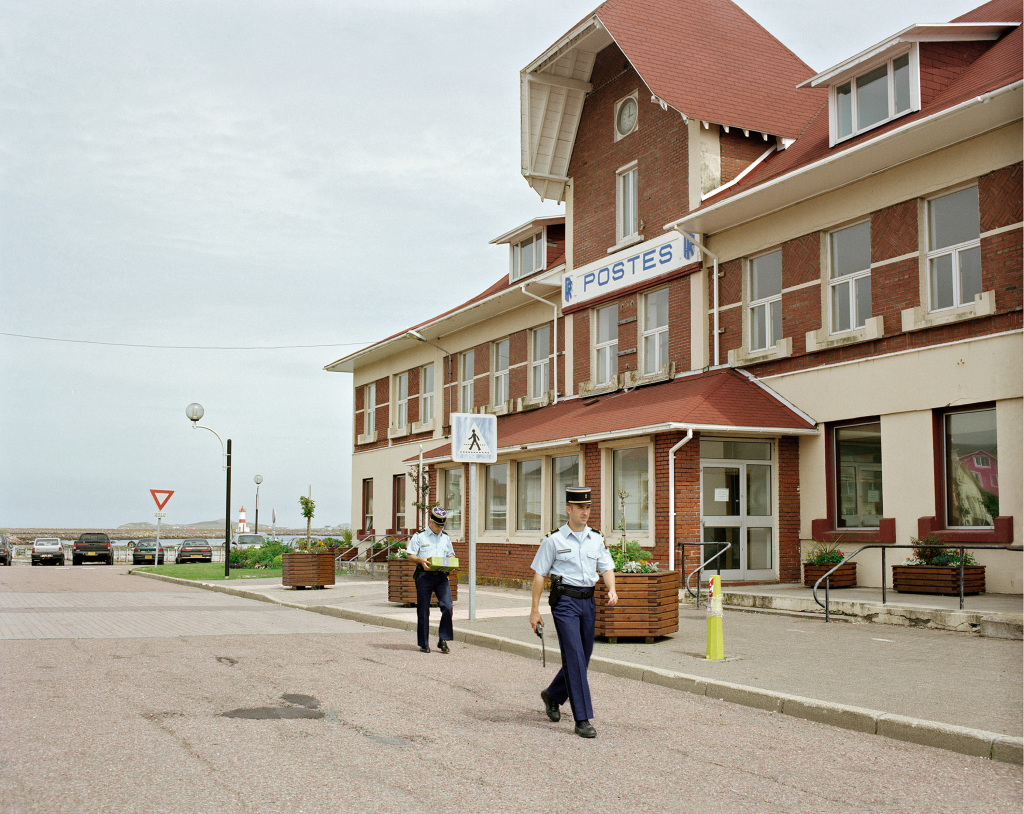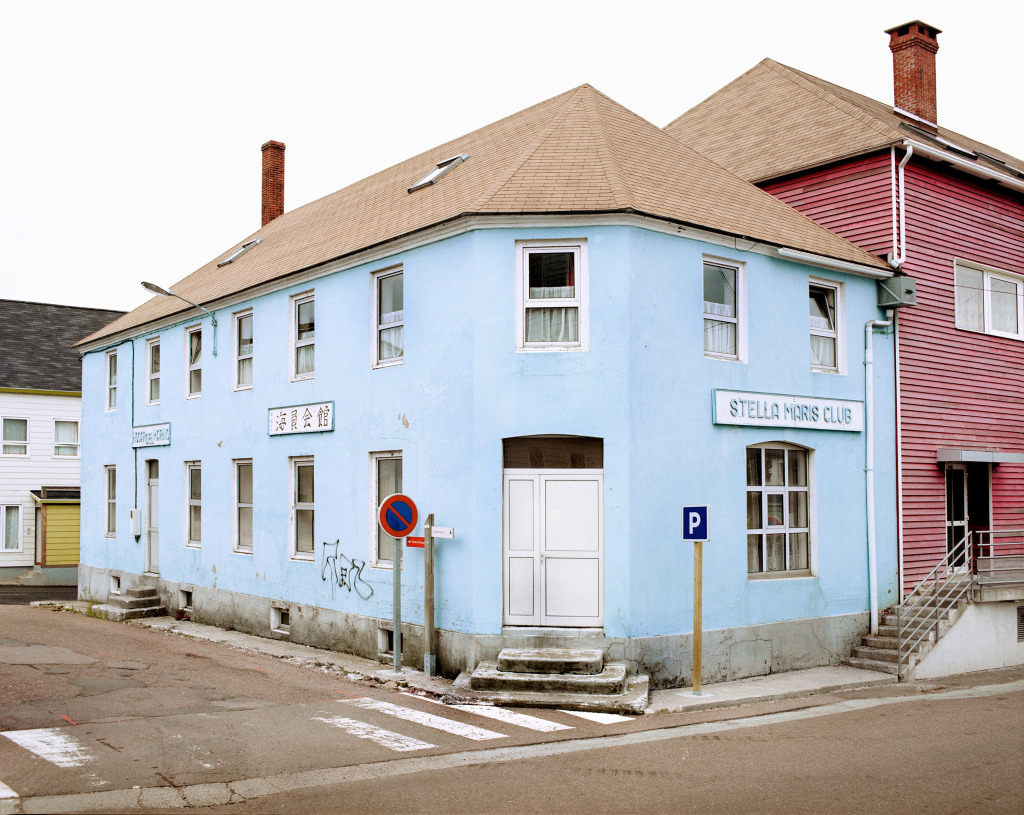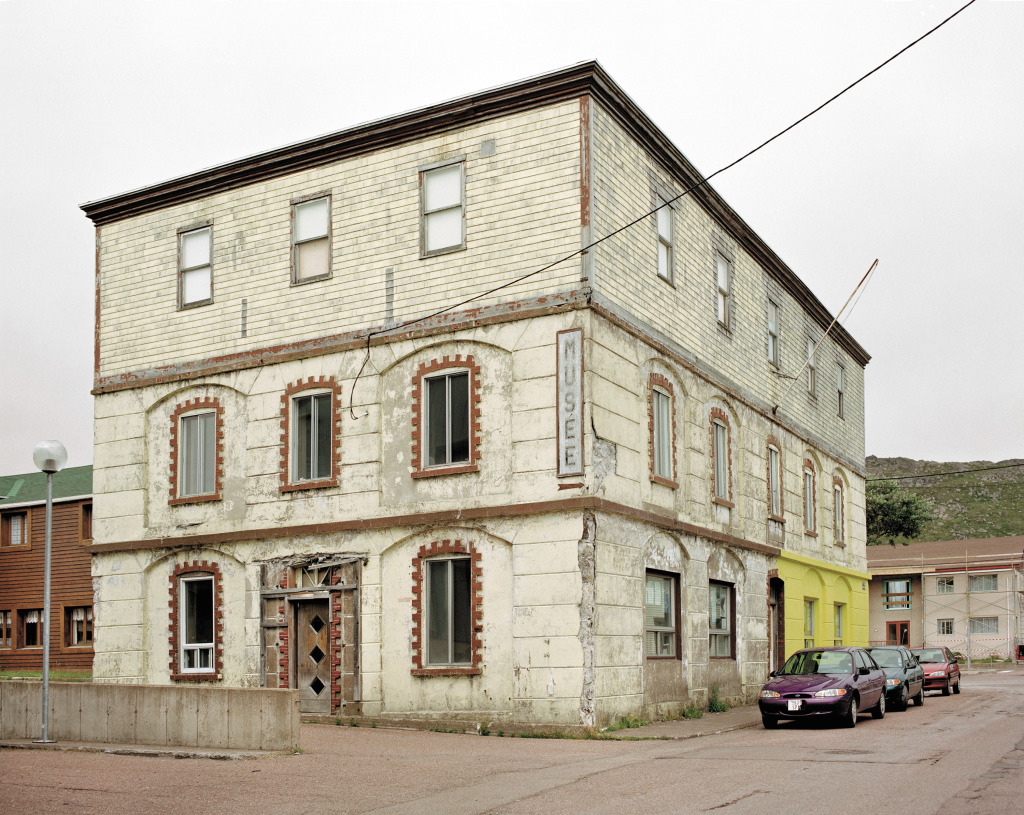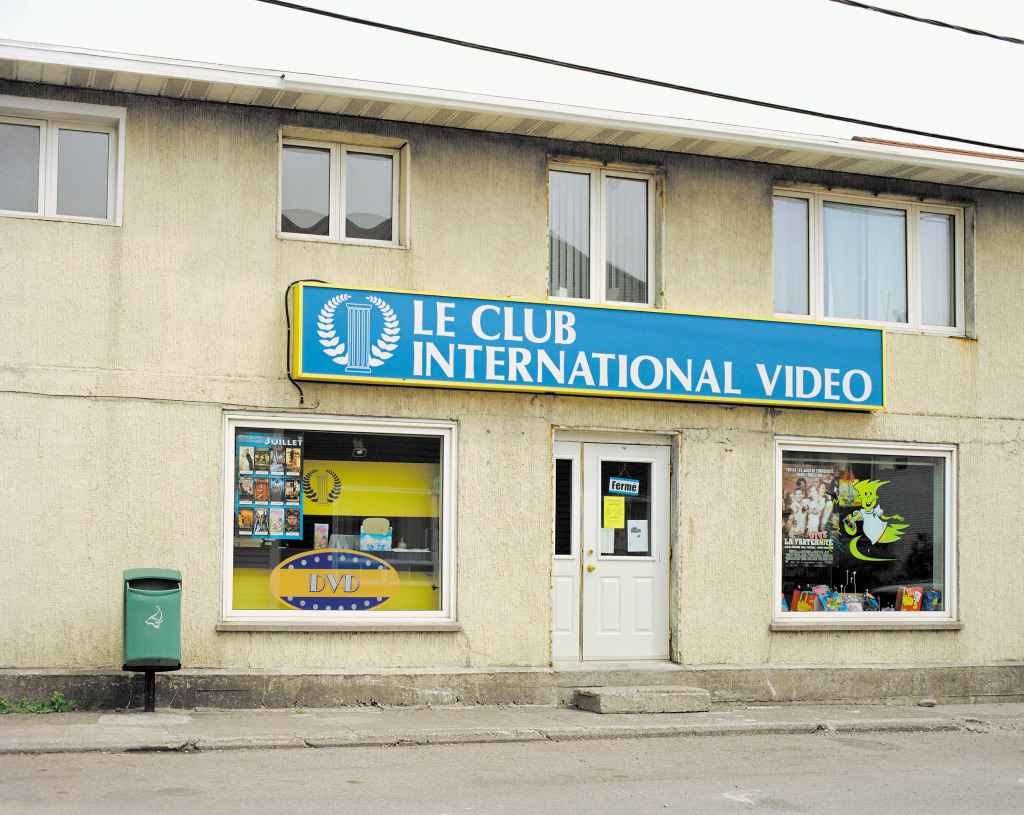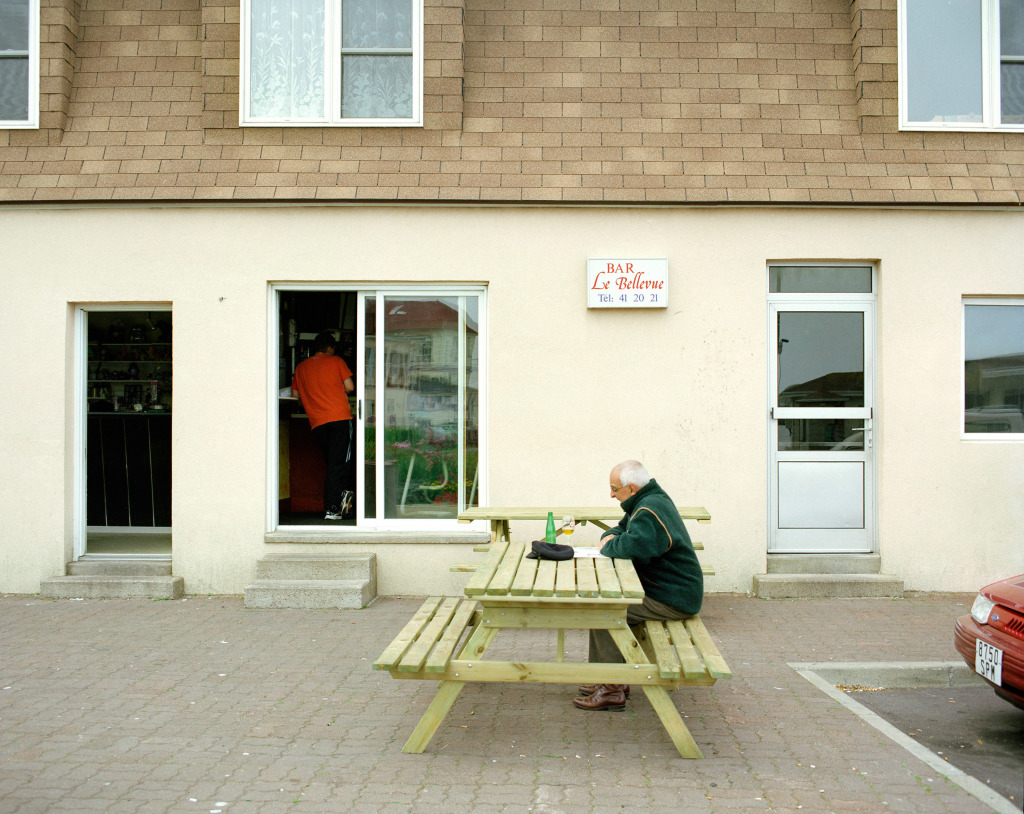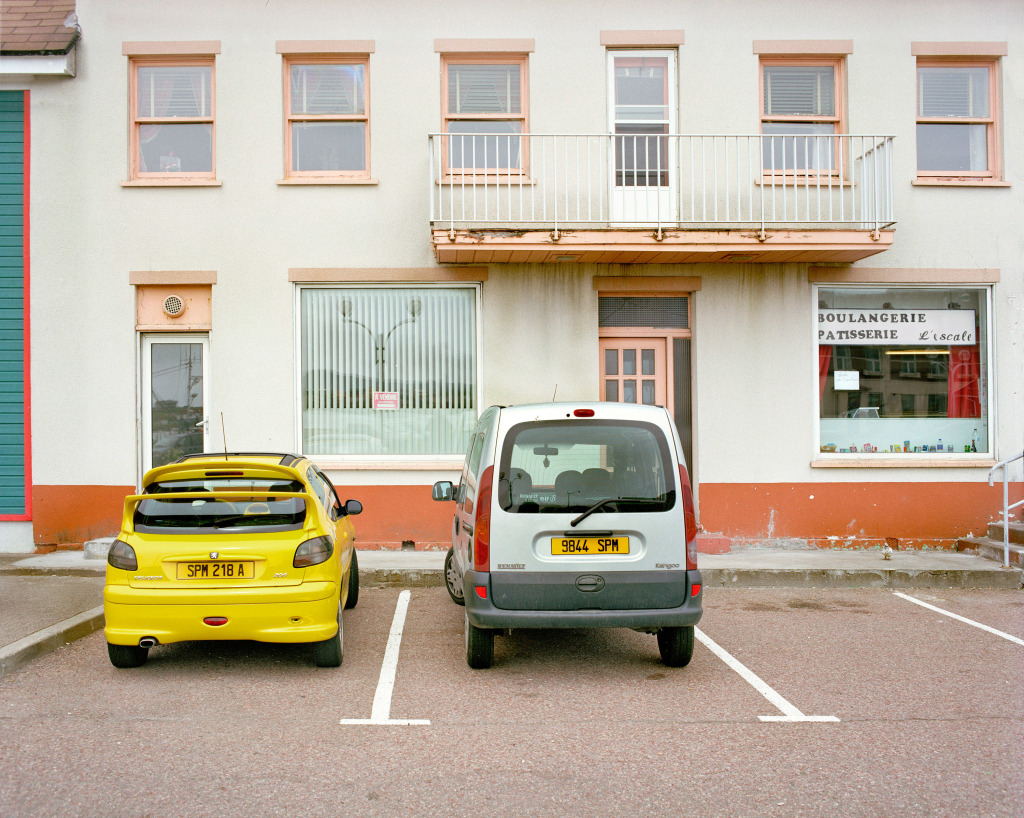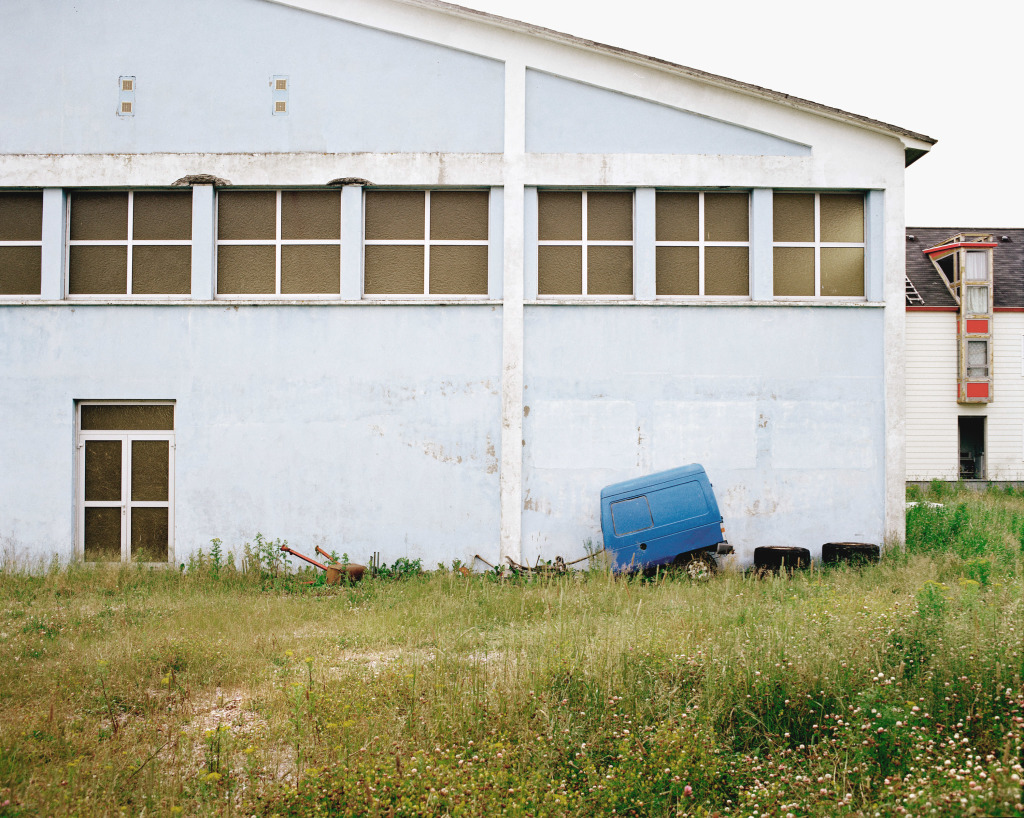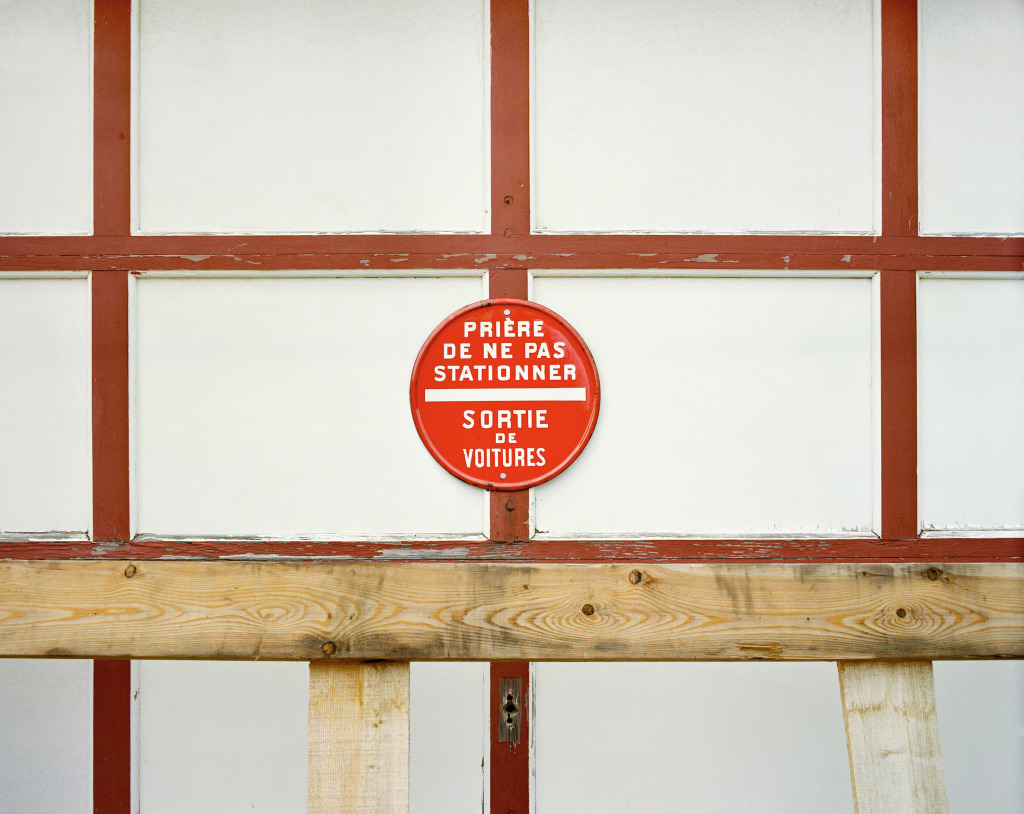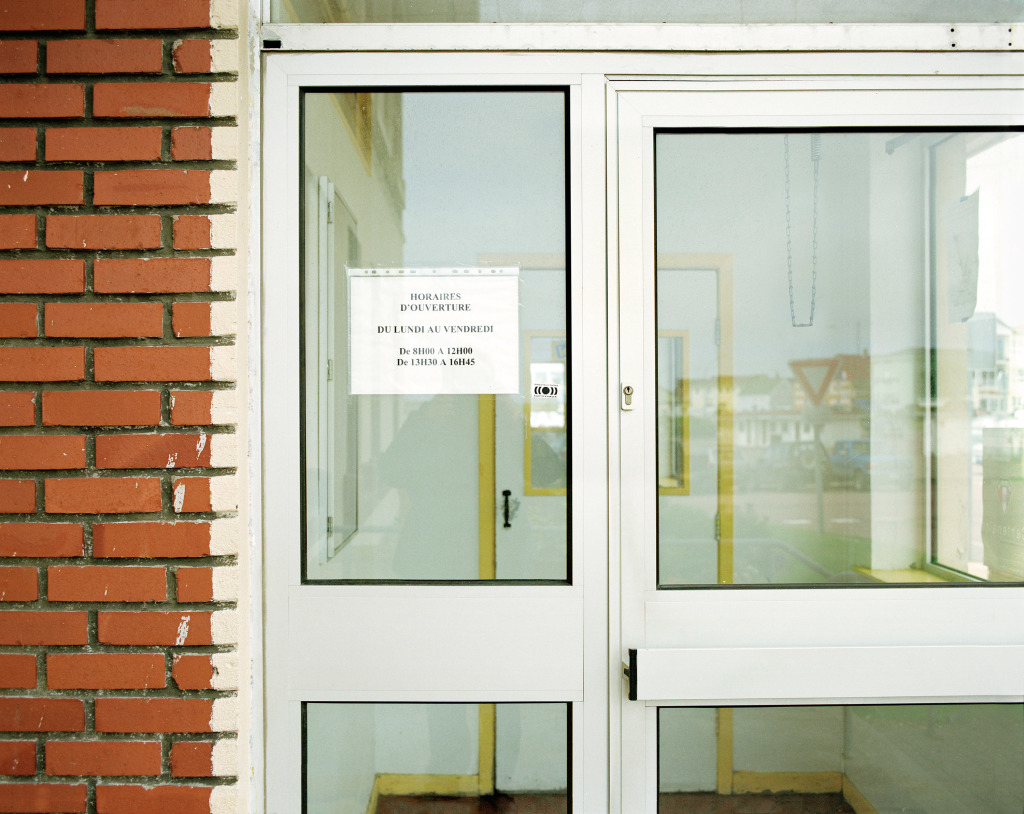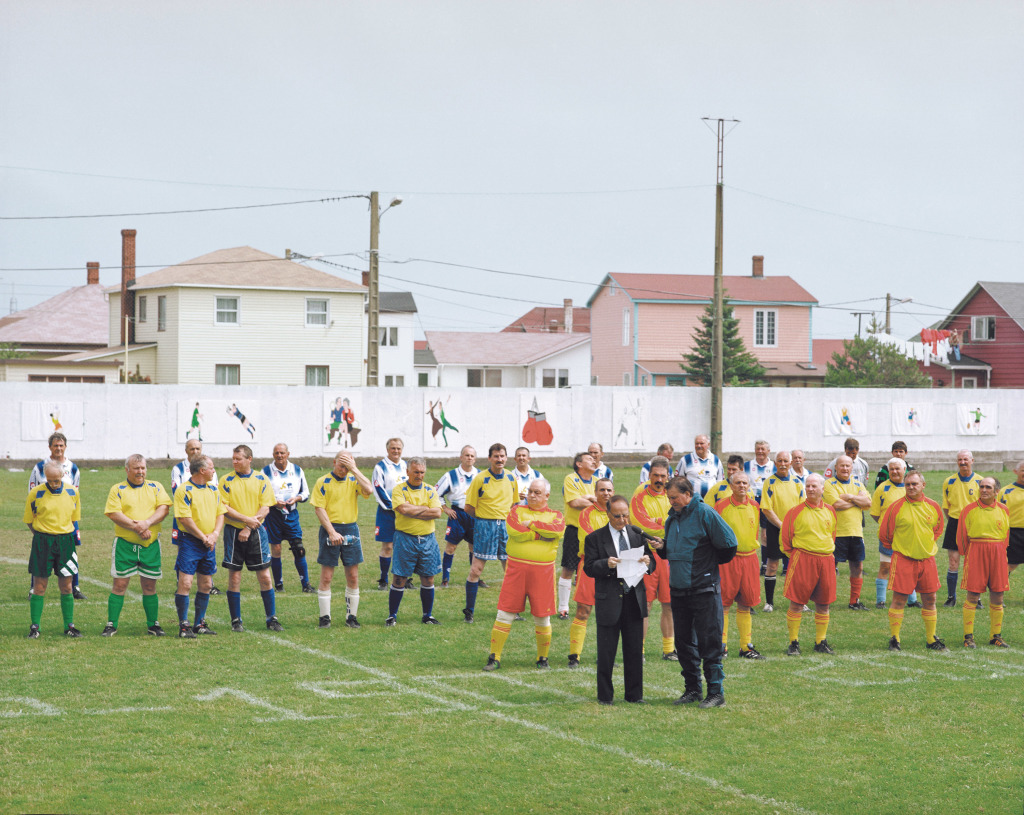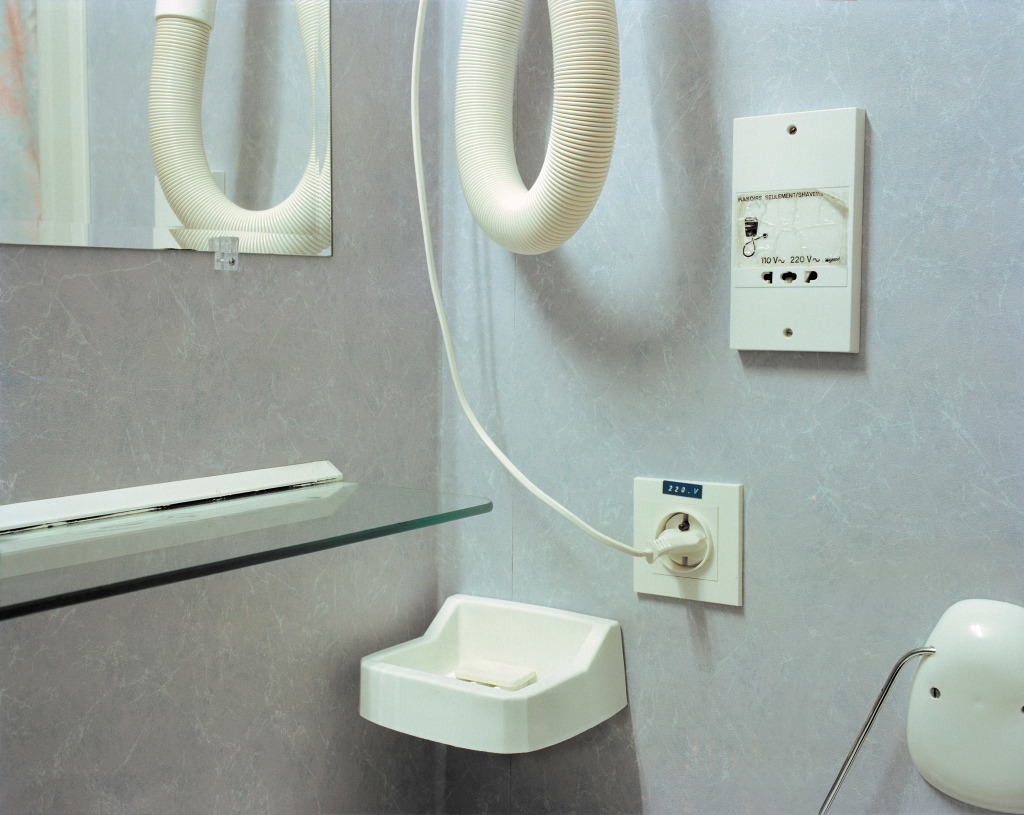


St. Pierre and Miquelon (France in America)
3000 miles from France and 20 miles off Newfoundland, Canada, lie the small islands of St. Pierre and Miquelon. They are an integral part of the French Republic and represent the last official remainder of the once vast French empire in North America. Unlike many other areas with French cultural roots in the region, these islands benefit from direct economic and administrative support from the French government. Land and climate are identical to nearby Newfoundland, but virtually every aspect of the culture refers to modern France and Europe.
The population is descended from fishermen from Brittany, Normandy, and Basque Country who have been settling the islands since at least the 17th century. As a result, the villages’ appearance is essentially that of Atlantic coastal France, except for often brightly colored wood exteriors and other local adaptations. Also, affordable Canadian building materials are changing the look of the streets: classic French windows, for example, are giving way to Anglo-Canadian ones. But, unlike nearby Canada, the islands’ electrical standard is 220 Volts, the video format is SECAM, the cars, license plates, and traffic signs are just as in France and the currency is the Euro. A député is sent to the French parliament and a member to the senate and large-scale decisions descend from Paris or even Brussels. Gendarmes are brought in from France on three-year shifts and the French military is responsible for the islands’ defense.
Fishing, once the primary source of income, has declined severely due to a regional crisis of over-fishing followed by strict fishing quotas. Though the French government ensures an adequate standard of living through financial assistance, greater economic independence is pursued through the development of summer tourism. Ironically, it is exactly the dependence on distant France that will remain the most valuable, local tourist attraction.
Andrea Robbins and Max Becher 2003
